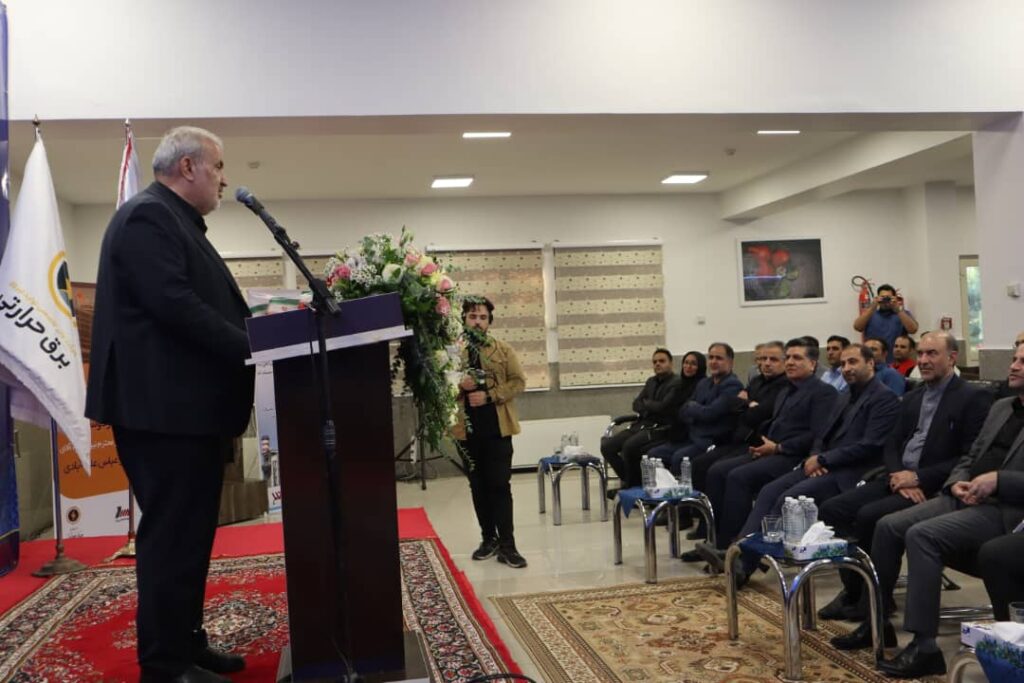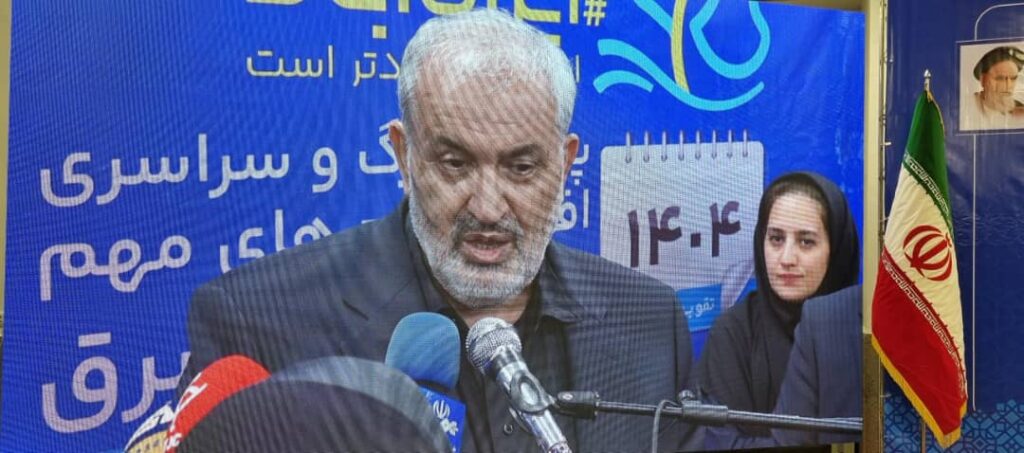On the inauguration day, held on Thursday, August 21, 2025, Iran’s Energy Minister and the CEO of Thermal Power Plants Holding Company officially commissioned the media cooling system at the Ferdowsi Combined‑Cycle Power Plant, which is operated by MAPNA Tous Power Generation Company, a subsidiary of MAPNA Group.
Launched during the peak of Iran’s hot summer and critical national electricity demand, the new system has already improved the plant’s output by 90 MW—equivalent to continuously powering over 93,000 households, based on an average consumption of 300 kWh per month.
Implemented safely across six gas‑turbine units, the system has been operational since July 2025 under the direction of national grid authorities.
This media system project is part of the Ministry of Energy’s “14 Mega‑Projects in the Power Sector” and was carried out under an agreement between MAPNA Tous Power Generation Company and MAPNA Group, with support from the Ministry.
From an engineering perspective, media‑based inlet‑air cooling stands among the best global practices—it utilizes cooling pads to uniformly wet incoming air, enhancing air‑water contact, reducing intake temperature, increasing density, and thus improving turbine efficiency and output.
A noteworthy aspect of the initiative is its environmentally conscious water management strategy: the system relies solely on treated and recycled industrial wastewater. Earlier, a four‑party agreement was signed among Khorasan Razavi Regional Water Company, Khorasan Razavi Industrial Towns Company, Tous Industrial Town Services Company, and MAPNA Tous Power Generation Company.
Alongside the media system installation, a 4‑km wastewater pipeline has been constructed, and the wastewater treatment plant is scheduled for full operation by late September 2025. This infrastructure diminishes reliance on underground water, aiding water‑stress mitigation in Khorasan Razavi Province.
By leveraging domestic technical expertise, the project not only enhanced energy infrastructure and complied with environmental and social responsibilities but also helped stabilize the country’s power grid during summer’s peak loads.
Furthermore, a third steam unit—with a capacity of 160 MW—has been under construction since October 2024 under a buyback contract. Currently 68 % complete, this unit is expected to synchronize with the national grid and go online by April 2026, assuming the necessary funding is secured.
The Ferdowsi Combined‑Cycle Power Plant, which boasts a nominal capacity of 1,452 MW, is located about 25 km along the Quchan Road near Mashhad and is managed by MAPNA Tous Power Generation Company, under the umbrella of MAPNA Group.
90 MW Power without Additional Fuel
Addressing the event, Minister of Energy Abbas Aliabadi hailed the project which adds power to the grid without increasing fuel consumption.
Aliabadi stated that two key projects are currently underway at the Ferdowsi facility, one of which has now been successfully completed. He noted that improvements in water consumption efficiency, the use of treated wastewater, and accelerated construction timelines have all contributed to better operational outcomes at the plant.
Looking ahead, the minister expressed hope that the third steam unit of the Ferdowsi power plant will be connected to the grid by next year.
He emphasized the need for continuous development in the energy sector, highlighting the importance of integrating artificial intelligence and smart technologies in line with global trends. “We must move steadily toward future-oriented development, and digitalization is a key part of that path,” Aliabadi said.
CEO Highlights Environmental Gains and Speed of Implementation
Majid Mohammad-Kazemi, CEO of Ferdowsi Power Plant, said the newly launched 90-megawatt media cooling system—valued at $3 million—marks the first of three phases in the broader expansion project.
“One of the major advantages of this initiative is its increased reliance on unconventional water sources,” Mohammad-Kazemi said, referring to treated wastewater.
He added that reducing dependency on underground water resources is a core objective, especially in light of the country’s severe water stress.
The CEO described the project as both impactful and efficiently executed, noting that the entire design and construction process was completed in just four months. He estimated the project would ultimately provide reliable electricity to between 93,000 and 100,000 households once all phases are operational.
Mohammad-Kazemi pointed to the importance of pursuing long-term sustainability goals: “We must continue on this path toward greater water reuse and energy efficiency. This project is a meaningful step in that direction.”






